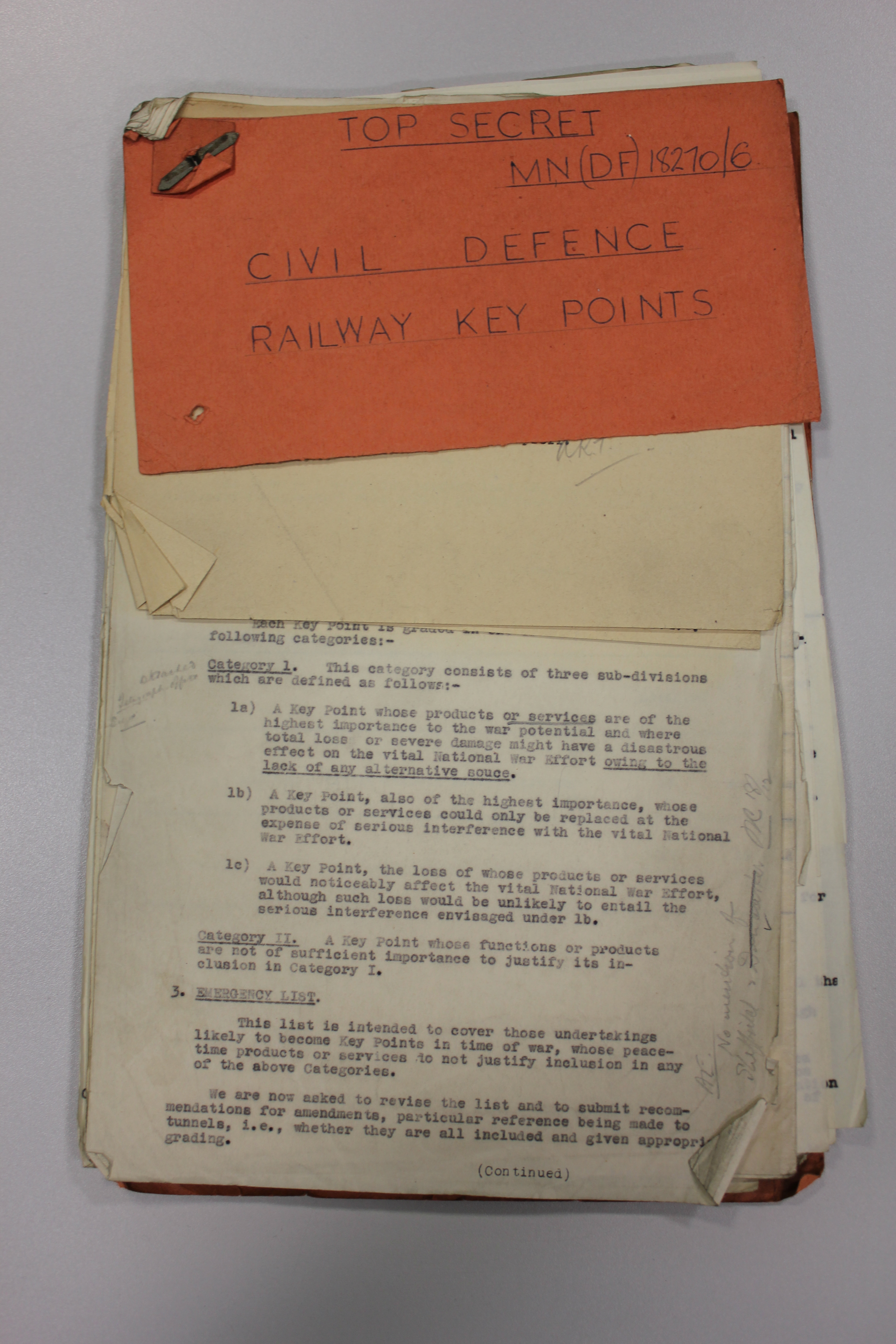This is from 'South China Morning Post.' I'm not quite sure what to make of it (and it's just a theoretical study at this stage) but it's chillingly interesting!

 www.scmp.com
www.scmp.com
High-speed rail is being considered as a potential launch platform for nuclear strikes after a new study by Chinese researchers suggested it was more suitable than previously thought.
In China, these trains travel up to 350km/h (217mph). These trains are slim, with up to 16 carriages each weighing about 60 tonnes.
A modern intercontinental ballistic missile (ICBM) could fit inside a carriage but when blasting off, its weight generates thrust two to four times the train’s maximum load capacity, according to Yin Zihong, associate professor of civil engineering with Southwest Jiaotong University in Chengdu, Sichuan province. Yin is lead scientist of the national research project funded by the central government.
While a modified high-speed train could withstand a launch, most of the stress caused would pass down to the rail and its foundations, potentially damaging the infrastructure and rendering it unsafe and unusable.
Using data from previous test launches conducted by the Chinese military and computer modelling, Yin and his colleagues simulated the operation of a high-speed rail launch system.
Their findings, published in the peer-reviewed Journal of Southwest Jiaotong University on Thursday, suggested that in some circumstances, a high-speed railway could perform better than a heavy-duty industrial railway, which was generally considered more suitable for the job.
“Compared with heavy-haul railways, high-speed railways operate faster and more smoothly. This means that on high-speed rails, the mobility, safety and concealment of military vehicles would be greater,” said the researchers.
A normal railway uses ballast, such as small rocks and gravel, to absorb shocks. A heavy haul line built to transport ore and coal requires more ballast.
The powerful shock wave produced by an ICBM launch could go as deep as 8 metres (26 feet) underground, far beyond the thickness of most rail lines’ base structure. Even heavy-duty rail would need a better fortified underlying structure to survive a launch, according to a study by Yin’s team in 2020.
But their latest study said it would not be necessary to provide extra strength for high-speed railway which has rails laid and fixed on concrete with no need for ballast as a buffer zone.

Could China use a high-speed ‘doomsday train’ to launch nuclear missiles?
Researchers look at the effects on the rail and foundations if an intercontinental ballistic missile was launched from a high-speed train.



